Well, it's December 01, which means it's time to drag Sammy out of his box again.
This silly little song, which was probably someone's throw-away recording for a morning show in the 70s, has a story behind it, at least for me.
On Christmas Eve 1992, Brad Krantz played a song on Asheboro, NorthCarolina's WKRR, called Sammy the Christmas Snake, on his morning talk show.
It just so happened that my brother had a few boomboxes recording local radio stations to capture the essence of a Carolina Christmas that morning, when Sammy the Christmas snake played on Brad's show.
As I was 8 years old at the time, and my brother and I liked this silly little song so much, we decided to make it tradition to play it every Christmas morning before going upstairs for the "good stuff".
Unfortunately, however, in 1994, my brother went off to college, and the tape was lost somewhere. Naturally, it was the only copy we had.
A few years after that, Brad was fired from WKRR, and I lost track of him. I emailed one of the guys at the station around 2001 or so, to see if they knew where Sammy the Christmas Snake might be, or at least knew who recorded it. I was told that Brad took their only copy with him when he went to Charlotte, and they had no idea who actually wrote or recorded the song, only that Brad got it from someone in Boston.
In the summer of 2004, WZTK, a new FM talk station owned and operated by Curtis Media was launched. And, guess what? Brad Krantz is back with the Brad and Brit show.
I emailed him in August of 2004 just to politely ask if he still had Sammy the Christmas Snake, and asked if he would play it on his show over the holiday season. He said he would, that it was apparently widely requested, and said "thank you for remembering Sammy".
So, I started my audio recorder on December first to try and record Sammy the Christmas Snake for my own personal amusement, seeing as how I have been looking for it for 12 years on and off at this point. Apparently, Brad had expected this, and made sure to talk or play IDs at every possible opening in the song, which, as you can imagine, infuriated me. Yep, this was war!
I kept the recorder going every weekday morning through December 21, 2004, to see if he would slip and forget to play an ID in the same places.
Finally, on December 21, 2004, I had enough pieces to reconstruct it!
I ended up running seven different copies of the song as played on the Brad and Brit Show through my favorite audio editor, taking the best parts from each, to get the relatively unmutilated version of Sammy the Christmas Snake, albeit with a few compromises. The song came from a slightly scratchy record, dubbed to who knows what media, played over an FM radio station. After editing, there were differences in equalization in some parts of the song, most likely due to Brad playing the track back through a different player or channel on the station's console, but considering it was the only version of the song I could find anywhere, and, as of December 2025, I still have no idea who recorded it, my edit was good enough.
I wanted to share the song as widely as possible, thanks to my beef with Brad, and this was before the existence of Youtube, so I put it on a webpage with links to contact Brad and Brit, and thank them for allowing us to have access to such a wonderful song. This, of course, was in response to Brad's claim that he had exclusive rites to it, which I thought was completely unfair. There's no need to keep Sammy in a box like that!
Several years went by, and someone uploaded my edit of Sammy to Youtube. It has now been featured in several different videos, but it's obvious that it's my edit, and I've yet to find another version of it anywhere, online or offline.
There were some things that bugged me about my original 2004 edit, which I could now fix with tools and skills I didn't have at the time, so, on December 1, 2018, I fixed some small timing issues that existed between splices, reduced crackles, pops and rumble, made the equalization a little more consistent, got rid of some noise, and performed a few other touch-ups. This is the result. It's still not perfect, but it's better than it was, and certainly cleaner than any other version on Youtube as of December 1, 2018.
I'm still looking for a real copy of this song, or, at the very least, an idea of who recorded it. There is some speculation on the comments of this Youtube video.
I was told that this song also featured on a morning show on WNAP in Indianapolis, Indiana, around 1978-1982.
A few years ago, my edit was played on WKRR again, where it all started for me. Go figure.
As of May 2025, Brad Krantz has passed away, so if he actually knew anything about the origins of this song, we can't ask him now.
youtube.com/watch?v=o0eWo6qvZO…
Lyrics, sung by a guy with a New England accent sped up and singing with himself to the backing of a Fender Rhodes, some flutes, drums, bass and a glockenspiel are as follows:
There are such cute little Christmas galoots...
Little angels, and reindeer, and snowflakes that fly.
But from all those yule underdogs fondling my memory logs,
one multiple vertebrae kind of a guy.
Sammy the Christmas Snake
hid in the corner of Santa's workshop.
Sammy the Christmas Snake
bit all the elves and made all the work stop.
Hid in the stockings, he hid up the flue,
bit on Rudolph 'til his nose turned blue,
ain't no tellin' what a Christmas snake'll do...
*hiss, hiss, hiss*
Merry Christmas
Sammy the Christmas Snake
had peppermint stripes and pointy ol' fangs.
Sammy the Christmas snake
he hides in the holly where the mistletoe hangs.
Hid in the stockings, he hid up the flue,
he bit on old Santa and Misses Santa Too! OH!
Sammy the Christmas Snake
*hiss, hiss, hiss*
Merry Christmas.
Come on kids, sing with me!
Now, Santa lived with Herb the Christmas Dwarf at Santa's house,
and no one liked him much since he bit Sid, the Christmas Mouse.
'Til Rick the Christmas Mongoose went berserk and tried to wreck,
the sleigh and Sammy saved the day when he broke Rick's Christmas neck.
HEY!
Sammy the Christmas Snake
Now there ain't a ban on anacondas in the arctic.
Sammy that ol' Christmas Snake
Now those elves don't chase him with that forked stick.
What a merry mood he has all the girls and boys in,
givin' out the cheer and holdin' back the poison...
Sammy the Christmas Snake
Hey! Hey!
*Hiss, hiss, hiss*
MERRY CHRISTMASSSSS!

On Christmas Eve 1992, Brad Krantz played a song on Asheboro, NorthCarolina's WKRR called Sammy the Christmas Snake, on his morning talk show.It just so happ...
YouTube
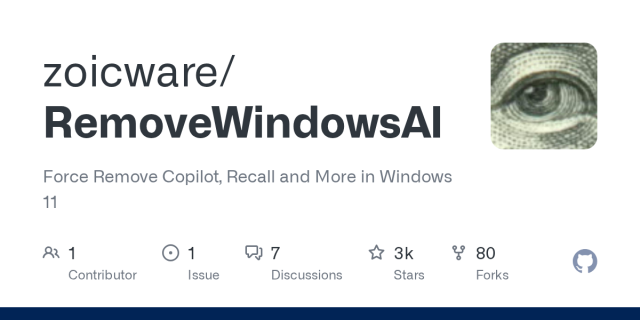

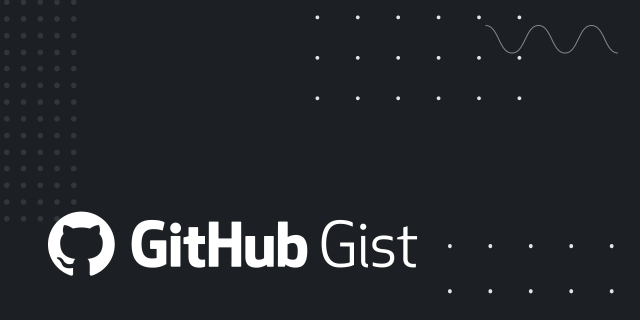

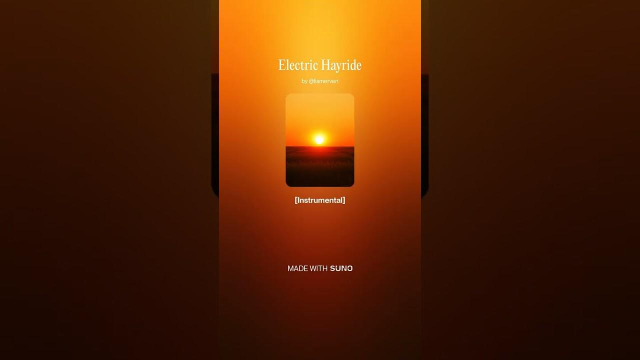






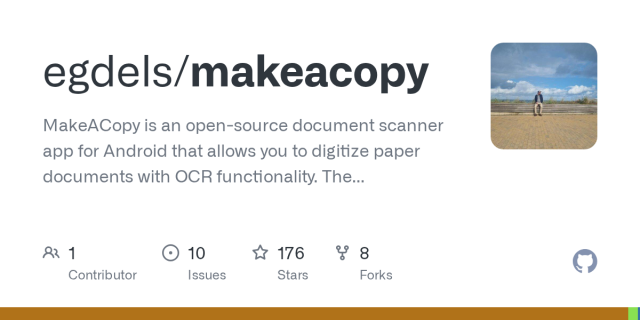


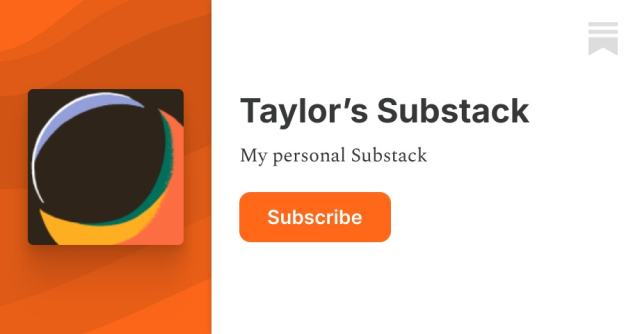
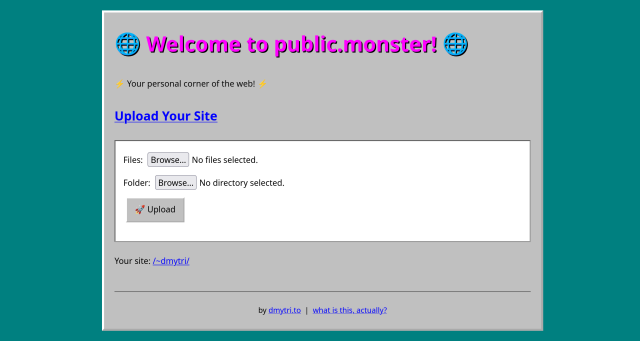
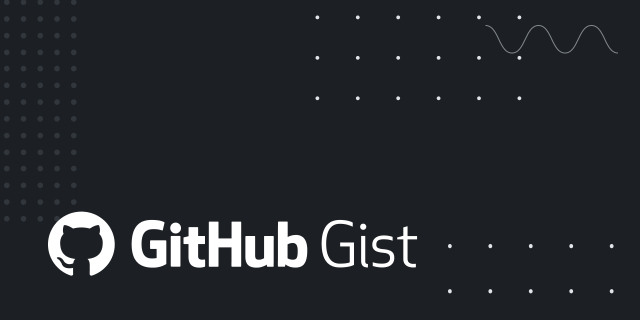
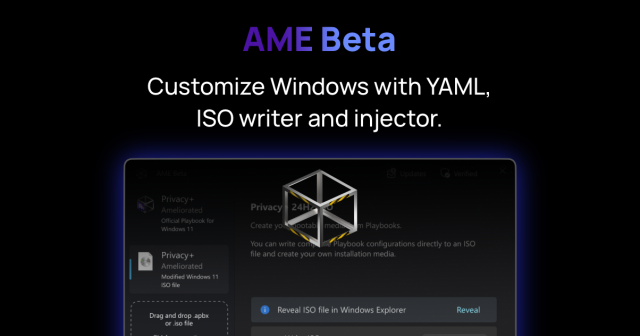

Jonathan
in reply to Gina • • •Erion
in reply to Jonathan • • •It's definitely a bit of a clickbait, and some things are not necessarily as bad as described, but the web version is indeed a step back and if the beta works better, then that's a win, until it stops working, right? Temporary solutions are still solutions.
This is a typical example when a bit of kindness and compassion goes a long way. Do you seriously expect someone to crowd-source whether this works, instead of trying it out themselves and posting about it because they know that a lot of people have trouble with the web version?
Least you think what I said was not fact checked: Fact checked on the 11th of December, 2025, using the following sources:
The web version being mediocre, using personal findings based on social interaction: This morning someone just asked me how could they jump to the top of the message history, because there is simply no hotkey to do so in the web version by default. Unlabelled buttons, speed and other issues are also present.
Henderson, Theia, et al. “"A Blocklist is a Boundary": Tensions between Community Protection and Mutual Aid on Federated Social Networks.” Proceedings of the ACM on Human-Computer Interaction, vol. 9, no. 2, May 2025, pp. 1-30.
Jonathan
in reply to Erion • • •It's also not the 1st time I see people posting this somewhere so sorry if I got a bit more harsh than needed.
Erion
in reply to Jonathan • • •No worries, it was meant to be a semi-serious comment, but I am not sure why this sounds wrong for you. The fact is that the beta works better right now than the web version, right? So regardless of how and when it is updated, accessibility-wise it's a better choice.
Should they fix the issues people are having, the web version could be a reasonably good client to migrate to, but given how Meta's handling betas and choosing to drop things just because they feel like it does not fill me with confidence that the future's bright. That's a different story though.
Jonathan
in reply to Erion • • •The article and over all complaint says that WhatsApp Desktop, regardless of the normal app or beta, is getting an electron web app.
The article says we should get WhatsApp beta (which, as I mentioned, is currently rolling out as the electron web app) so the solution is already invalid for the problem. The WhatsApp Plus Add On that article mentiones does also only work for the native app, which is beeing replaced.
Honestly at this point the WhatsApp website, web.whatsapp.com, can at least be tweaked with scripts like here: someplace.social/@jcsteh@aus.s…
So in my personal opinion, the website is currently the best bet. Though I don't use it cuz I simply want to have a dedicated app. But taht's another topic on it's own. TLDR afaik the article suggests an already broken solution and is not helpful.
SomePlace.Social
someplace.socialMC from the 6!
in reply to Jonathan • • •Erion
in reply to Jonathan • • •The article does not mention that the beta is using Electron, it just says: It simply provides newer features and a different structure than the standard version.
If we suppose that the beta is updated more often than the web version, then even if it's using Electron, if they change anything in regards to accessibility, beta users would see it there first.
Now the question is, given that WhatsApp is known to roll out different versions to different regions and update them at different times, could have been a change somewhere that both the author of the article and @NightDrake could not have had access to? Or could it be that the native app was the beta while the desktop one was already updated to the web version, i.e. the beta is still behind in some regions?
I believe what you said, but there has to be a reason why it works for some people still and it doesn't for others. I don't think this is intentional and honestly the more I hear about this the more messy it becomes, mainly because of Meta. One step forward and two steps back, as they say.